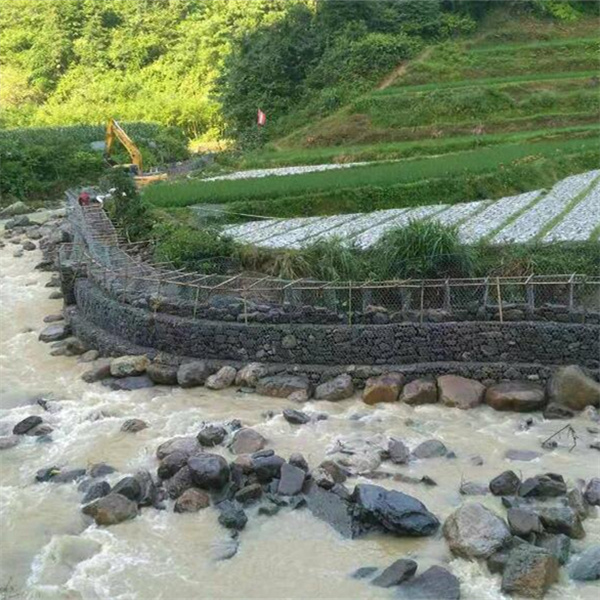ທ.ວ. . 01, 2024 11:15 Back to list
gabion road
The Evolution and Importance of Gabion Roads
In the realm of civil engineering and construction, gabion structures have emerged as an innovative solution for several infrastructural challenges. Gabion roads, primarily constructed using wire mesh containers filled with stones or similar materials, offer an effective means of road stabilization, erosion control, and environmental sustainability. This article explores the concept of gabion roads, their advantages, historical context, and their role in modern infrastructure development.
Understanding Gabion Structures
The term gabion is derived from the Italian word gabbione, meaning big cage. Gabions are typically rectangular or cylindrical cages made from galvanized steel wire, which are filled with rocks, concrete, or even recycled materials. These structures are primarily used in landscaping, riverbank protection, and retaining walls, but their application has extended to the construction of roads. When used in road construction, gabions provide a flexible and permeable solution that adapts well to changes in the environment and traffic loads.
Historical Context
The use of gabions dates back to ancient times when they were employed in military fortifications and flood control measures. Their effectiveness was further recognized in the late 20th century when engineers started to use them for terrain stabilization and erosion management. Today, gabion technology has evolved, integrating advanced materials and engineering practices, making gabion roads a viable option for modern infrastructure.
Advantages of Gabion Roads
gabion road

1. Erosion Control One of the most significant benefits of gabion roads is their ability to control soil erosion. The permeable nature of gabion structures allows water to flow through, reducing runoff and encouraging natural drainage. This characteristic minimizes the risk of washouts, particularly in hilly or mountainous regions.
2. Cost-Effectiveness Gabion roads are often more cost-effective than traditional road-building methods. The materials used for fill—such as local stones or recycled bricks—are usually inexpensive and widely available. Furthermore, the simplicity of construction reduces labor costs and the need for heavy machinery.
3. Environmental Sustainability In an era of increasing environmental awareness, gabion roads present a sustainable alternative to conventional roads. The use of natural materials and the potential for integrating vegetation can enhance biodiversity and reduce the carbon footprint of infrastructure projects. Gabions can also be designed to support plant growth, helping to restore ecosystems and improve air quality.
4. Flexibility and Durability Gabion structures are notably flexible, adapting to movements in the ground or changes in load without cracking or collapsing. This resilience is especially beneficial in areas prone to seismic activity or extreme weather conditions. Furthermore, the lifespan of gabion roads can be extended through proper maintenance and periodic inspections.
5. Aesthetic Appeal With the ability to incorporate natural stones and vegetation, gabion roads can enhance the aesthetic quality of a landscape. This feature is particularly valuable in scenic areas where the road needs to blend seamlessly into the surrounding environment.
Conclusion
Gabion roads represent an innovative and sustainable approach to modern infrastructure challenges. Their cost-effectiveness, environmental benefits, and durability make them a compelling choice for engineers and planners. As the world grapples with increasing environmental concerns and the need for resilient infrastructure, the role of gabion technology is likely to expand. By embracing gabion roads, we can pave the way for a greener, more sustainable future in road construction and maintenance.
-
Visualizing Gabion 3D Integration in Urban Landscapes with Rendering
NewsJul.23,2025
-
The Design and Sustainability of Gabion Wire Mesh Panels
NewsJul.23,2025
-
The Acoustic Performance of Gabion Sound Barriers in Urban Environments
NewsJul.23,2025
-
Mastering the Installation of Galvanized Gabion Structures
NewsJul.23,2025
-
Gabion Boxes: Pioneering Sustainable Infrastructure Across the Globe
NewsJul.23,2025
-
Custom PVC Coated Gabion Boxes for Aesthetic Excellence
NewsJul.23,2025
-
Installation Tips for Gabion Wire Baskets in Erosion Control Projects
NewsJul.21,2025






